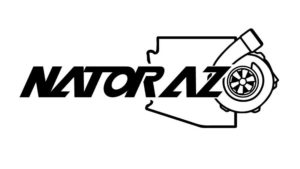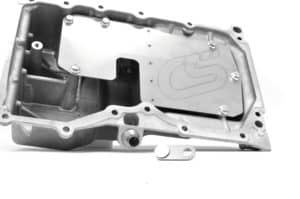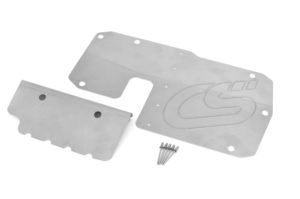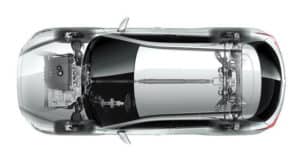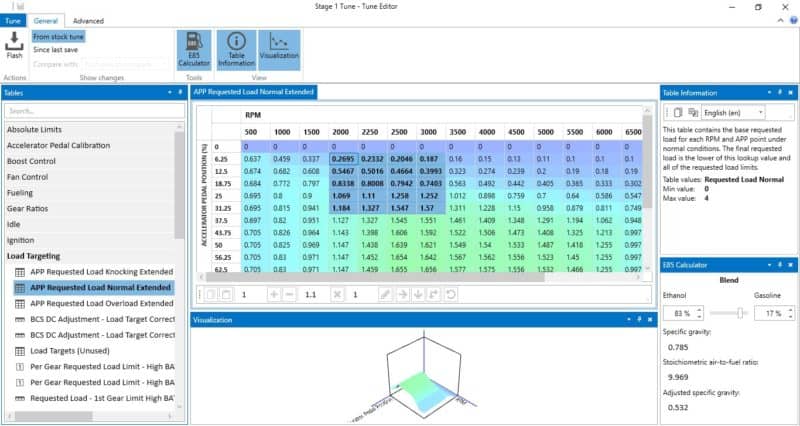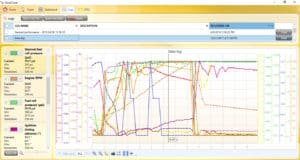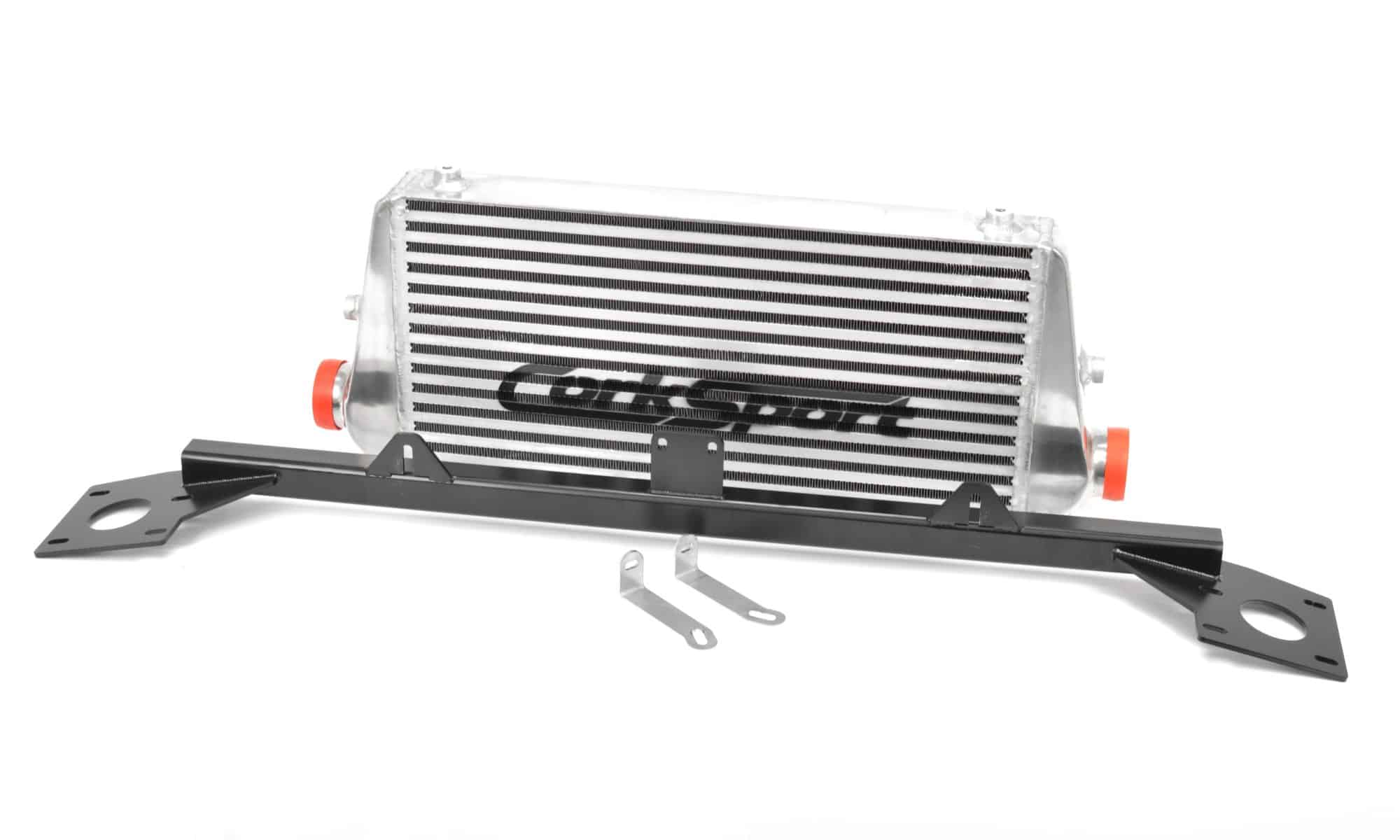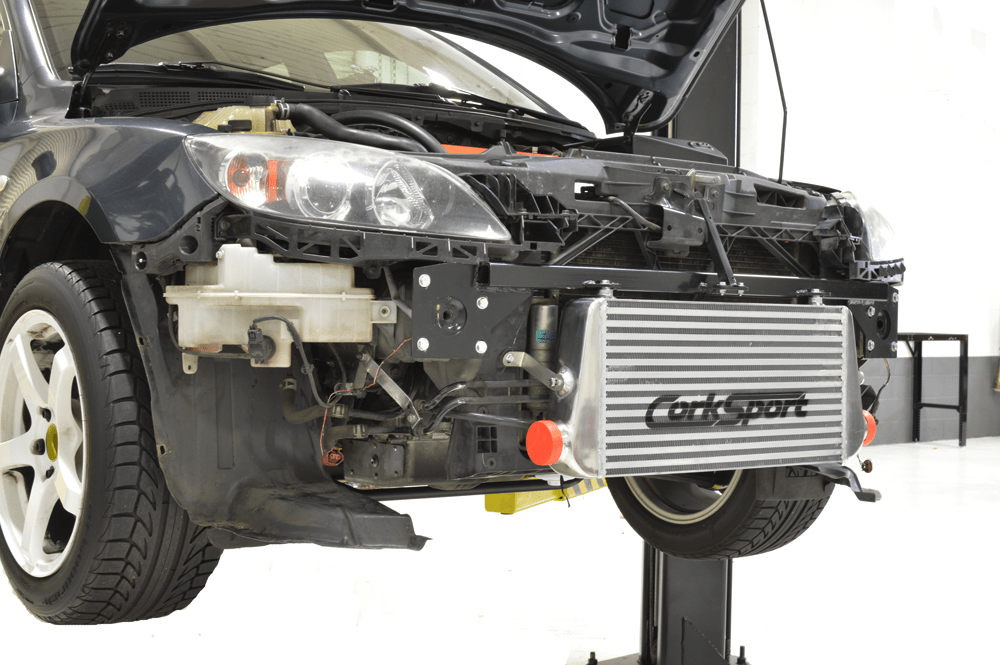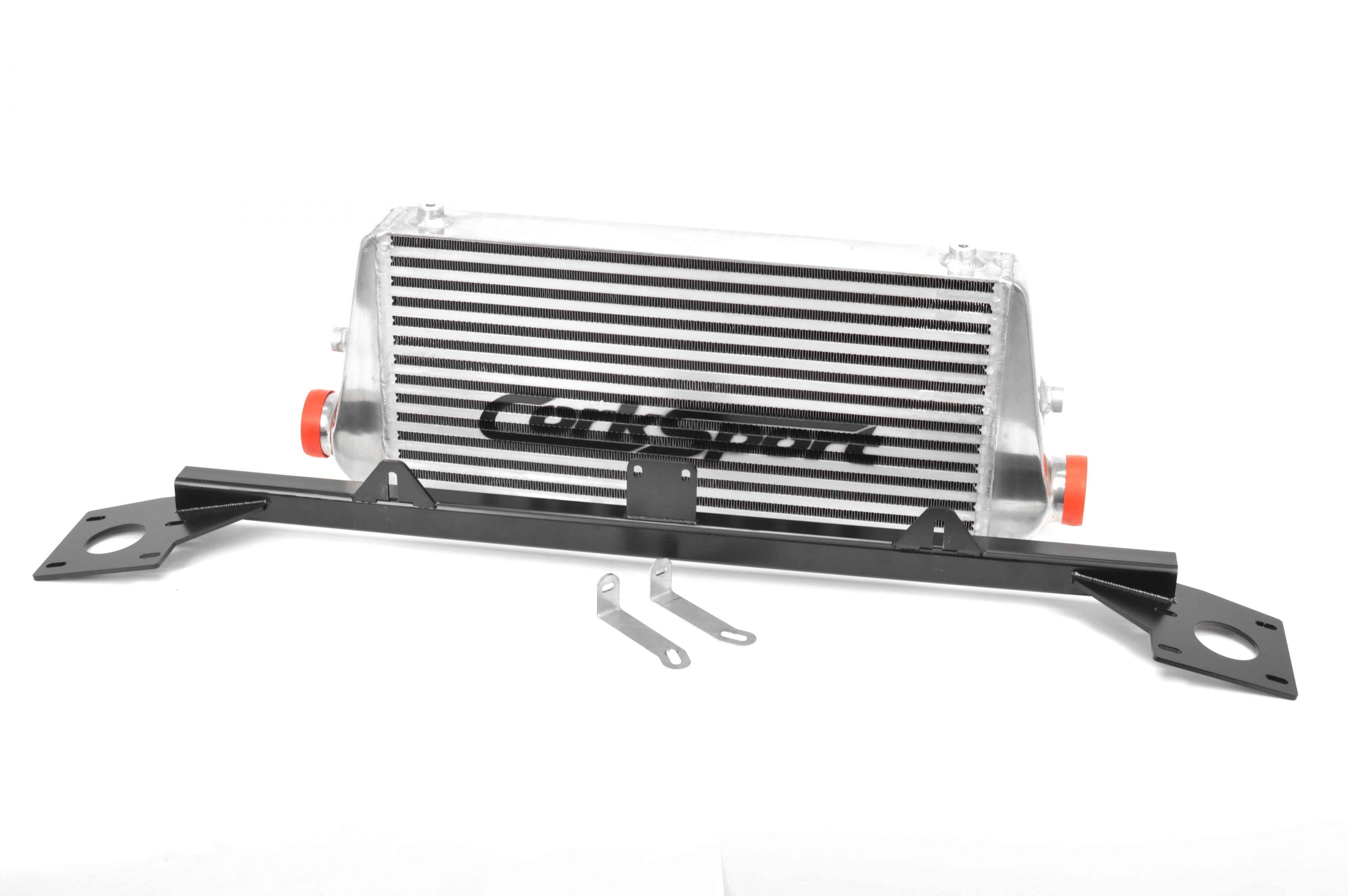It all started in Phoenix AZ, back in 2014 when I was graduating tech school. I was finally working enough to buy a Mazdaspeed that I had wanted for a while. At this time, it probably would have been smart for me to just start saving, instead of taking on a hefty car payment. But, as a car enthusiast, I’m sure you understand the temptations we often face, and I went for it. Since then, I’ve never looked back.

I found my 2013 Mazdaspeed3 in the fall. Completely spotless, 6k miles on it, and bone stock. It was truly a blank canvas. At that time I was barely making enough to own the car and pay for insurance. So, modding wasn’t an option at the time. So, as I saved and Saved, I was introduced to Nator Arizona by Thomas Graham, who later became a good friend of mine. He got me involved in the community, and on the right track for learning. From that point on, everything changed, and I loved it.
At the time, I was nothing more than a technician, fresh out of school and stuck on the lube rack for a bit. So, as you can imagine when I finally had enough to get my Accessport and Fuel Pump internals for the Mazdaspeed 3, I was STOKED. I caught the modding bug, and before I knew it, I had bigger aspirations for the car than ever thought I would have had. The next year was filled with countless Nator garage days, fun drives, Mexico pulls, and slowly adding parts when I could afford them.
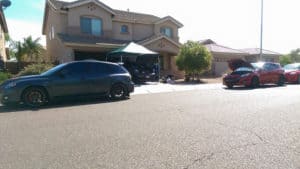
By mid-2015, my time in AZ was coming to a close. At this point, I had all the basic bolt-ons offered for the Mazdaspeed 3. Rear motor mount, short ram intake, upgraded BPV, upgraded TMIC, and turbo back exhaust. The car otherwise looked completely stock, just MUCH louder! The icing on the cake was the pro-tune 320 WHP on Stock turbo with some e85. A couple of days later I departed AZ for my next chapter and got the MS3 on the trailer.

Funny looking back now, how I thought I was done with my Mazdaspeed, and that was enough power to keep me happy. Not even close! The next couple years would be the catalyst that started to shape my MS3 into what it looks like now. Stay tuned for Part 2!

Connect with us
You may also like
- How To Achieve 400 WHP In Your Mazdaspeed
- Recipe to Make a 500 HP Mazdaspeed 3
- Mazdaslow to Mazdaspeed



